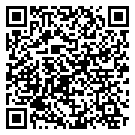-
2018-09-12150碟子
-
2018-09-13一次性環保餐具-碟子
-
2018-09-14一次性可降解餐具-270ml碗
-
2018-09-14一次性餐具-叉子
-
2018-09-14環保餐盒
如何為寶寶選擇健康的餐具?
餐具對于孩子來說,并不是盛飯、吃飯那么簡單。孩子在不經意間或許就會鉛中毒,這類問題讓父母們十分頭疼。擁有一套自己喜歡的餐具,可以培養寶寶的就餐興趣。在寶寶三歲之前,手部肌肉力量不足,雙手缺乏協調性,自主端碗吃飯能鍛煉手腕小肌肉群的協調力。今天一次性餐具廠家的小編就給大家總結一下,爸爸媽媽如何合理的為寶寶選擇適合的餐具。
Tableware for children is not as simple as a meal or meal. Children may accidentally become lead poisoned, which is a headache for parents. Having a set of cutlery you like can cultivate your baby's interest in eating. Before the baby's three years old, the hand muscle strength is insufficient, the hands lack coordination, independent bowl eating can exercise the coordination of small wrist muscle groups. Today, the small edition of disposable tableware manufacturers will give you a summary of how parents can reasonably choose suitable tableware for their babies.
1.彩色餐具易可能引起鉛中毒 彩色餐具的裝飾圖案及一些色彩鮮艷的塑料餐具存在著隱患。比如彩色的陶瓷餐具使用的顏料一般都含有一定量的鉛,有的含有鎘,長期使用這些餐具盛放醋、果汁、蔬菜等有機酸含量高的食品時,餐具中的鉛等重金屬就會溶出并隨食品一起進入人體蓄積,久而久之,就會引發慢性鉛中毒。寶寶吸收鉛的速度比成人快6倍,過量的鉛會對寶寶的智力發育產生負面影響。
1. Coloured tableware may easily cause lead poisoning. The decorative patterns of coloured tableware and some colourful plastic tableware have potential safety hazards. For example, the pigments used in color ceramic tableware generally contain a certain amount of lead, and some contain cadmium. When these tableware is used for a long time to hold food with high organic acid content such as vinegar, fruit juice and vegetables, the heavy metals such as lead in tableware will dissolve and enter the human body's accumulation together with food. Over time, it will lead to chronic lead. Toxicity. Babies absorb lead six times faster than adults, and excessive lead will have a negative impact on their intellectual development.
2.容易破碎的餐具 由于寶寶的手還十分笨拙,“失手”便可能頻頻發生。一方面會造成食物和用具的浪費,另一方面還可能劃傷孩子,此外,也容易喪失孩子學習自行用餐的信心。可以選擇正規、的仿瓷、塑料餐具,如聚乙烯、聚苯乙烯、聚丙烯塑料制品等。不要用再生塑料或添加深色色素的塑料及非食品用塑料盛放或包裝食品。仿瓷餐具底部都有企業詳細信息及生產許可證QS標志和編號;看產品是否上色均勻,是否有變形,表面是否光滑等;買回家后,用開水煮半小時,晾半小時后再煮半小時,反復四次,若有發白和黑點,則是質量不過關的次品。
2. Easy to break tableware because the baby's hands are still very clumsy, "lost hands" may occur frequently. On the one hand, it will cause waste of food and utensils, on the other hand, it may scratch children, in addition, it is easy to lose children's confidence in learning to eat by themselves. Regular and safe imitation porcelain and plastic tableware can be selected, such as polyethylene, polystyrene, polypropylene plastic products, etc. Do not use recycled plastics or plastics with dark pigments or non-food plastics to store or package food. At the bottom of imitation porcelain tableware, there are enterprise details and production license QS signs and numbers; see if the product is uniformly colored, deformed, smooth surface, etc. After buying home, boil it in boiling water for half an hour, then boil it for half an hour after airing for half an hour, repeated four times, if there are whitening and black spots, it is a defective product of poor quality.
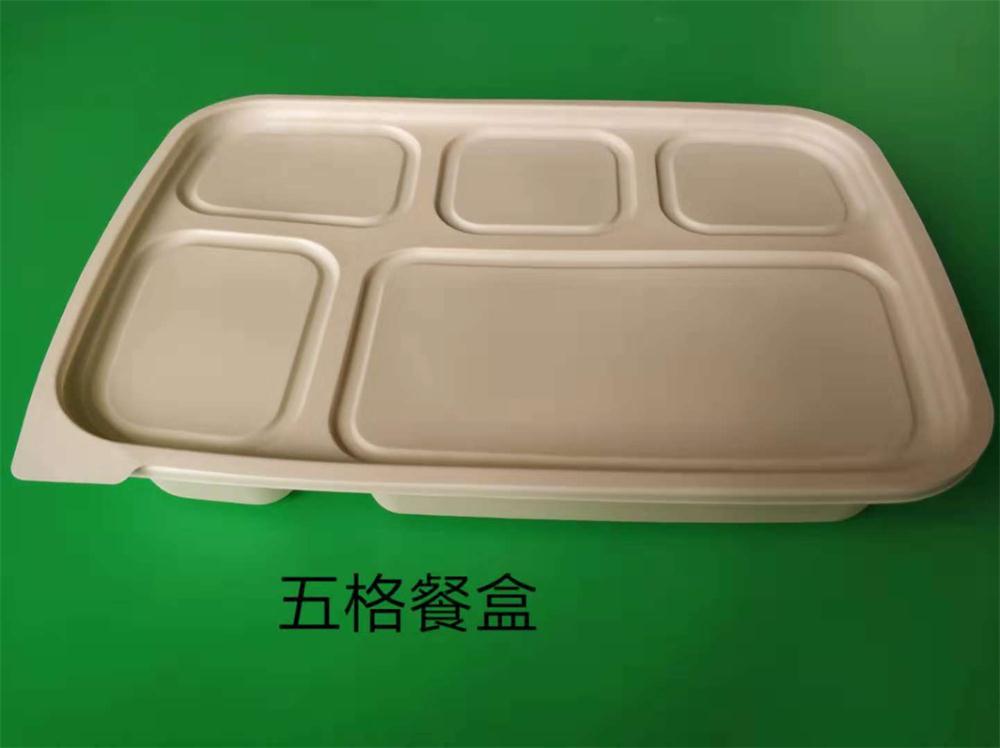

3.西式餐具存在隱患 讓孩子過早接觸西式餐具存在隱患,因為西式餐具中的刀、叉都既堅硬又尖銳,容易將孩子的口唇刺破,造成傷害。另外,西式餐具里的刀叉等通常是用不銹鋼材質制作的,使用時不能長時間盛放鹽、醬油、醋等。不銹鋼的碗是不錯的選擇,但是不能用微波爐加熱,而且要經常用熱水煮或高溫蒸,既除油垢,又。
3. Western-style tableware has potential safety hazards, which make children contact Western-style tableware too early. Knives and forks in Western-style tableware are both hard and sharp, which can easily pierce children's lips and cause injury. In addition, the knives and forks in Western-style tableware are usually made of stainless steel, so salt, soy sauce, vinegar and so on can not be used for a long time. Stainless steel bowl is a good choice, but it can not be heated in microwave oven, and often boiled in hot water or steamed at high temperature, which can remove grease scale and disinfect.
4.難清潔的餐具 有些餐具由于形狀、設計或質地上的原因往往不易清洗干凈,或不能進行高溫,由此油污和細菌比較容易附著在上面,所以也不是兒童的理想餐具。
4. Difficult to clean tableware has some tableware because of shape, design or texture reasons are often not easy to clean, or can not be high temperature disinfection, thus oil and bacteria are relatively easy to adhere to it, so it is not ideal tableware for children.
5.筷子 一般情況下,寶寶到了3-4歲時才可練習使用筷子。有些家長會要求寶寶過早地使用筷子,不但有揠苗助長之嫌,更可能會因為動作不協調弄得一地飯菜。加上有的爸媽脾氣火爆加以責怪或訓斥,寶寶進餐的積極性和食欲就會大打折扣。
5. Chopsticks are usually used by babies until they are 3-4 years old. Some parents will ask their babies to use chopsticks prematurely, not only because of the suspicion of helping the seedlings, but also because of the uncoordinated movements to get a meal. Additionally, some parents are hot-tempered to blame or reprimand, the baby's enthusiasm and appetite for meals will be greatly reduced.
感謝大家的認真閱讀,如果大家后續有問題要了解,歡迎咨詢一次性餐具官網的客服人員,相信我們會給您一個滿意的答復,http://yxdalu.com
Thank you for your serious reading. If you have any questions to follow up, please consult the customer service staff of the Disposable Tableware Official Website. I believe we will give you a satisfactory answer at http://yxdalu.com.
- 上一個: 望聞問切——判斷一次性餐具質量有妙招!
- 下一個: 一次性玉米淀粉餐具和PLA完全降解餐具有什么區別?
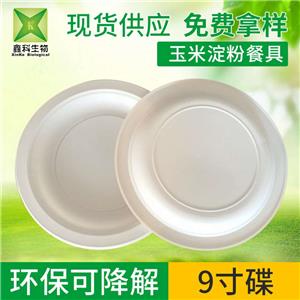 150碟子
150碟子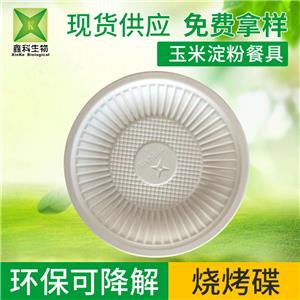 一次性環保餐具-...
一次性環保餐具-...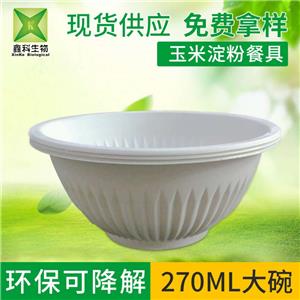 一次性可降解餐具...
一次性可降解餐具...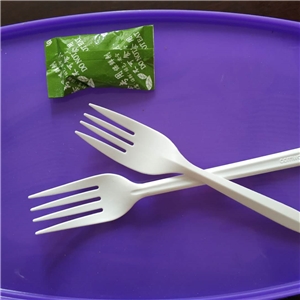 一次性餐具-叉子
一次性餐具-叉子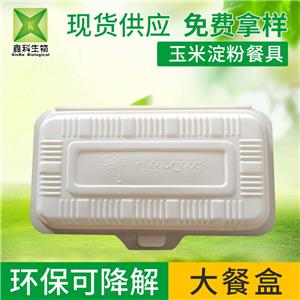 環保餐盒
環保餐盒
相關產品:




